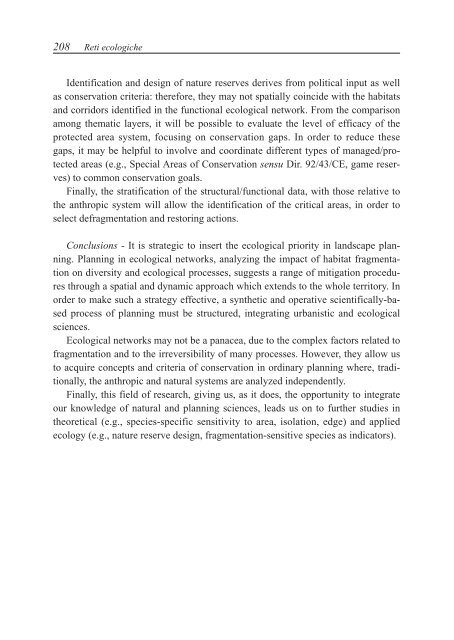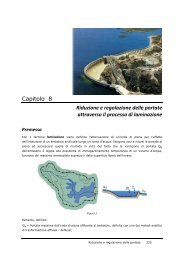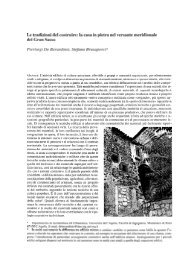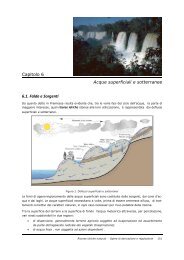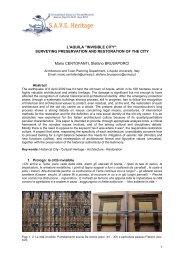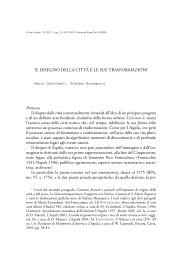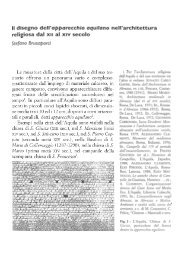Frammentazione ambientale, connettività, reti ecologiche
Frammentazione ambientale, connettività, reti ecologiche
Frammentazione ambientale, connettività, reti ecologiche
Create successful ePaper yourself
Turn your PDF publications into a flip-book with our unique Google optimized e-Paper software.
208 Reti <strong>ecologiche</strong><br />
Identification and design of nature reserves derives from political input as well<br />
as conservation criteria: therefore, they may not spatially coincide with the habitats<br />
and corridors identified in the functional ecological network. From the comparison<br />
among thematic layers, it will be possible to evaluate the level of efficacy of the<br />
protected area system, focusing on conservation gaps. In order to reduce these<br />
gaps, it may be helpful to involve and coordinate different types of managed/protected<br />
areas (e.g., Special Areas of Conservation sensu Dir. 92/43/CE, game reserves)<br />
to common conservation goals.<br />
Finally, the stratification of the structural/functional data, with those relative to<br />
the anthropic system will allow the identification of the critical areas, in order to<br />
select defragmentation and restoring actions.<br />
Conclusions - It is strategic to insert the ecological priority in landscape planning.<br />
Planning in ecological networks, analyzing the impact of habitat fragmentation<br />
on diversity and ecological processes, suggests a range of mitigation procedures<br />
through a spatial and dynamic approach which extends to the whole territory. In<br />
order to make such a strategy effective, a synthetic and operative scientifically-based<br />
process of planning must be structured, integrating urbanistic and ecological<br />
sciences.<br />
Ecological networks may not be a panacea, due to the complex factors related to<br />
fragmentation and to the irreversibility of many processes. However, they allow us<br />
to acquire concepts and criteria of conservation in ordinary planning where, traditionally,<br />
the anthropic and natural systems are analyzed independently.<br />
Finally, this field of research, giving us, as it does, the opportunity to integrate<br />
our knowledge of natural and planning sciences, leads us on to further studies in<br />
theo<strong>reti</strong>cal (e.g., species-specific sensitivity to area, isolation, edge) and applied<br />
ecology (e.g., nature reserve design, fragmentation-sensitive species as indicators).


